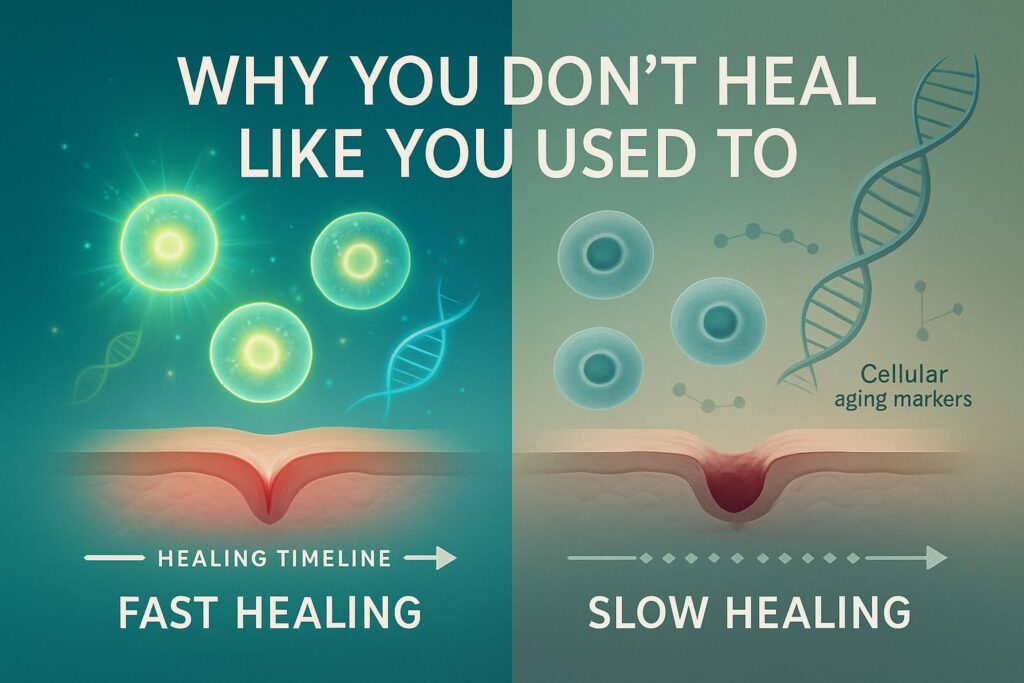Stem cell therapy is an emerging and promising treatment method that has been linked to various diseases, such as Parkinson’s Disease. Stem cells are unique in their ability to develop into specialized cells, tissues, and organs, which allows them to replace cells that have been damaged or lost due to disease.
In the context of Parkinson’s Disease, stem cell therapies have the potential to provide a new source of neurons for the brain and can help alleviate some of the symptoms associated with this debilitating neurological condition.
This blog post will explore how stem cell therapies are being used to treat Parkinson’s Disease, research on its effectiveness so far, possible directions for future research on the topic, and what this could mean for people living with Parkinson’s Disease.
What is Parkinson’s Disease
Parkinson’s Disease (PD) is a chronic, progressive neurological disorder that affects millions of people around the world. Its exact causes are unknown but it is thought to be due to an imbalance in certain brain chemicals, leading to a decrease in dopamine production and ultimately movement problems.
Symptoms include trembling of limbs, difficulty walking or standing, slowed movements, and muscle stiffness. The disease can’t be cured, but research has shown that there are treatments available that can help manage the symptoms and possibly slow down progression.
The most commonly used treatments for Parkinson’s Disease are medications and lifestyle changes such as regular exercise, physical therapy, and dietary adjustments. However, these therapies do not address the underlying cause of the disease nor do they offer any promise of slowing down its progression.
Stem cell therapy may provide an alternative treatment option for those looking for a more holistic approach or greater control over their health outcomes.
Research on stem cell therapies and their effectiveness in treating Parkinson’s Disease
Research on stem cell therapies for treating Parkinson’s Disease has been ongoing for many years, and the results have been promising.
Stem cells are undifferentiated cells that can differentiate into specialized cells, such as neurons. This makes them ideal candidates for replacing lost neurons in the brain caused by Parkinson’s Disease.
In recent years, clinical trials have begun to test the effectiveness of stem cell therapies in treating Parkinson’s Disease.
One of the most promising treatments being developed is dopamine cell replacement transplantation. This approach involves taking stem cells from a patient and growing them into dopamine-producing neurons, which are then transplanted into the brain to replace lost neurons. This treatment has shown promise in restoring movement and improving the quality of life for those with advanced stages of Parkinson’s Disease.
In addition to dopamine cell replacement transplantation, other types of stem cell therapies are being explored as potential treatments for Parkinson’s Disease. These include embryonic stem cells (ESCs) and induced pluripotent stem cells (iPSCs).
ESCs have the potential to differentiate into any type of cell in the body, while iPSCs can be reprogrammed from adult cells back into an embryonic state. Both types of stem cells offer great potential for treating Parkinson’s Disease, but more research is needed to determine their effectiveness in humans.
Overall, research on stem cell therapies is showing great promise in treating Parkinson’s Disease and improving the quality of life for those affected by it. While more research is needed before these treatments become widely available, they offer hope that one day a cure may be found.
Sources
- https://www.dvcstem.com/post/stem-cell-therapy-for-parkinsons
- https://www.nature.com/articles/d41586-021-02622-3
- https://www.healthline.com/health/parkinsons/stem-cell-therapy-for-parkinsons
Possible directions of future research on stem cell therapy and Parkinson’s Disease
The field of stem cell therapy for treating Parkinson’s Disease is still in its early stages, but the potential for this treatment to provide a long-term solution for those affected by the disease is very promising.
There are many different directions that future research can take to further develop and refine these treatments.
One area that scientists are exploring is the genetic engineering of stem cells to create specialized dopamine-producing neurons tailored specifically to an individual’s needs.
By doing so, they hope to be able to improve the efficacy and safety of stem cell therapies in treating Parkinson’s Disease.
Additionally, researchers are looking into ways to manipulate stem cells so that they do not cause any side effects or tissue damage upon transplantation.
Other areas of research include exploring safer and more efficient methods of delivering the stem cells directly into the brain, as well as ways of preserving the quality and quantity of the patient’s own dopamine-producing cells.
Finally, researchers are investigating how combining different therapeutic approaches—such as medical therapies and lifestyle changes—can work together with stem cell therapy for greater effectiveness in managing Parkinson’s Disease symptoms over time.
Overall, there is much progress being made in developing new treatments for Parkinson’s Disease using stem cells and understanding its underlying mechanisms. These new treatments will hopefully provide better solutions for those affected by this debilitating condition in the near future.



